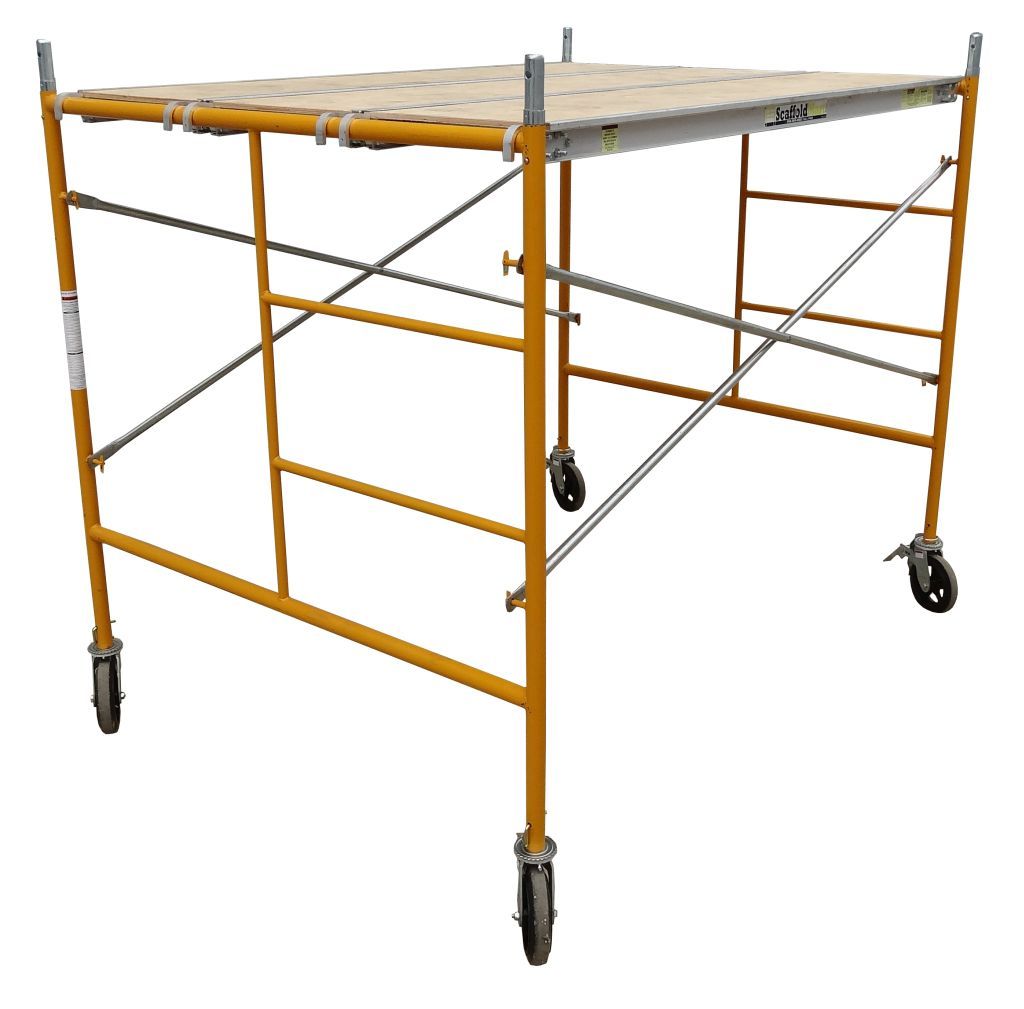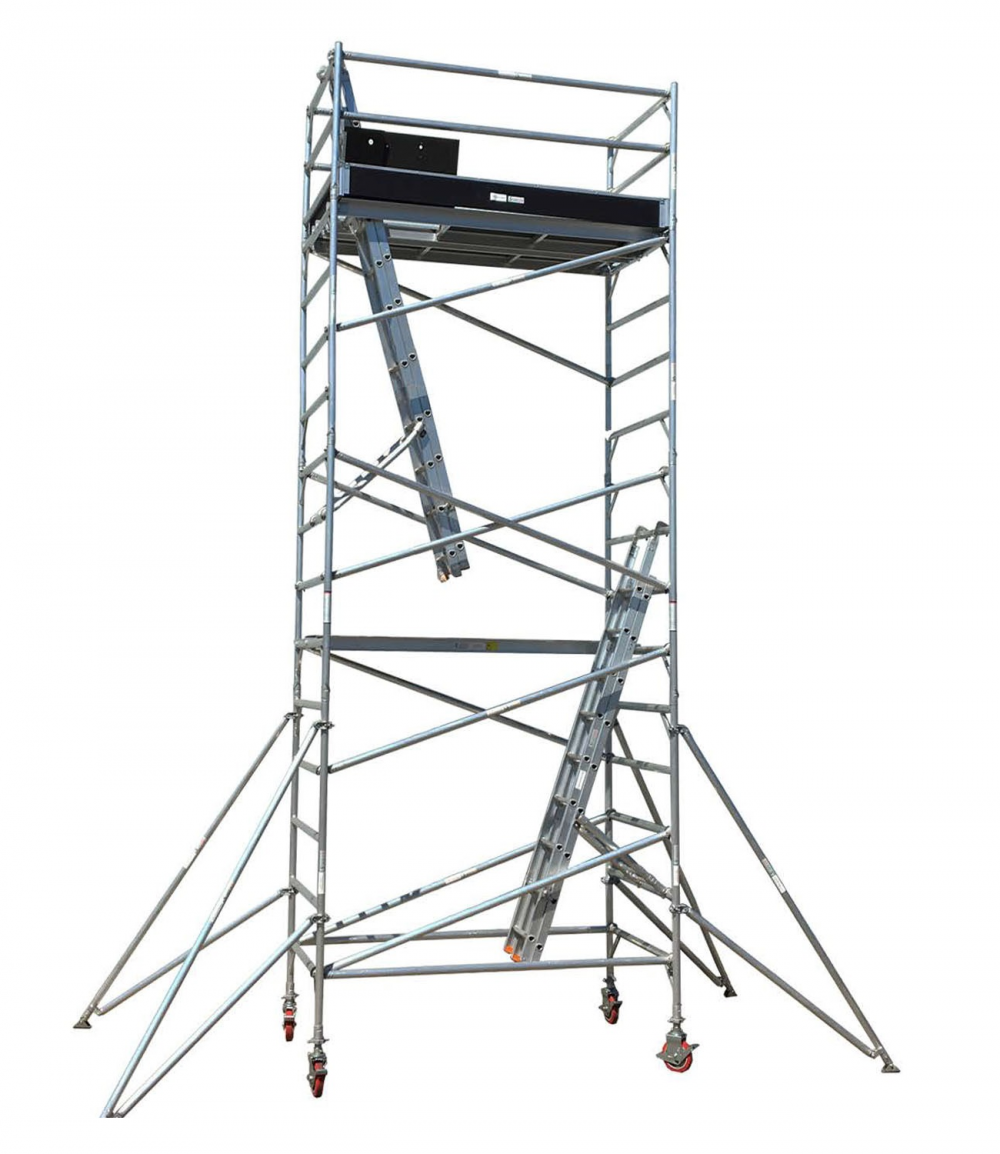Maximizing Effectiveness: Planning Your Scaffolding Requirements
Efficiency in construction tasks rests on critical scaffolding planning. Assess budget, timeline, and safety requirements. Understand types like tube and coupler, frame, and system scaffolding. Compute amount accurately, consult suppliers, and adhere to laws for safe worksites. Apply regular examinations, invest in training, and go with modular systems. Efficient planning leads to smooth development and cost-effectiveness in tasks.
Assessing Job Requirements
What specific criteria must be considered when evaluating the requirements of a project for scaffolding objectives? https://brockleyscaffolding.co.uk
When appraising task requirements for scaffolding, 2 crucial variables that have to be thoroughly examined are the spending plan and timeline.
Firstly, evaluating the spending plan is important to make certain that the scaffolding remedy chosen aligns with the funds assigned for the task. It is necessary to take into consideration not just the first costs of acquiring or leasing the scaffolding however also any additional expenditures related to installation, taking apart, and upkeep.
Second of all, identifying the timeline is key to choosing the most appropriate scaffolding solution for the project. Recognizing the task's period, deadlines, and turning points is required to establish the best scaffolding configuration that allows for reliable development without compromising safety.
Comprehending Scaffolding Types
Exploring the various kinds of scaffolding frameworks is fundamental to comprehending their varied applications in construction projects. Scaffolding comes in various types, each designed for certain functions.
Tube and coupler scaffolding, typically used because of its convenience, includes steel tubes and couplers that can be linked in different configurations to match different building needs.
Another common kind is frame scaffolding, which is quick to construct and excellent for jobs with repetitive frameworks like skyscrapers.
System scaffolding, understood for its convenience of setting up and flexibility to intricate structures, is preferred in large building and construction jobs.
While each kind has its advantages regarding flexibility, load-bearing capability, and simplicity of usage, they additionally feature downsides. Tube and coupler scaffolding can be time-consuming to put up, structure scaffolding may have restricted adjustability, and system scaffolding can be more expensive.
Recognizing the kinds, applications, benefits, and downsides of each scaffolding type is important in picking the most appropriate option for a construction project.
Computing Amount Needed
Identifying the essential amount of scaffolding products is an essential action in task planning to make certain reliable and safe building procedures. Approximating materials precisely is important for enhancing budget plan allocation and making certain that the task proceeds smoothly. To compute the amount needed, begin by evaluating the dimensions of the building and construction site and the type of scaffolding required based upon the project's scope and intricacy. Take into consideration aspects such as the height of the structure, the weight it will birth, and the design of the workplace.
Once you have a clear understanding of the task needs, speak with scaffolding providers to figure out the most cost-efficient choices offered. Consider any added materials needed for accessories like guardrails, toe boards, and gain access to ladders. Purchasing a sufficient quantity of products is needed to prevent delays caused by scarcities during building. By accurately approximating the products needed and very carefully taking care of the budget plan, you can improve the scaffolding procurement procedure and add to the overall efficiency of the task.
Thinking About Safety And Security Regulations
When preparing your scaffolding requires, it is important to thoroughly take into consideration and abide by safety and security regulations to guarantee a protected working environment for all personnel associated with the construction procedure. Abiding by security standards and OSHA regulations is crucial to prevent crashes and guard the wellness of workers on-site.
Safety standards supply standards for the appropriate building and construction, use, and maintenance of scaffolding frameworks. These criteria are embeded in place to decrease the threat of falls, falls down, and various other office risks. By understanding and complying with security regulations, you can produce a more secure atmosphere for workers and reduce the likelihood of injuries or accidents.
OSHA laws, developed by the Occupational Security and Health Management, rundown details requirements for scaffolding safety and security. These guidelines cover elements such as scaffold construction, lots capabilities, fall protection, and scaffold examinations. Compliance with OSHA regulations is essential to maintain a secure work environment and prevent penalties for non-compliance.
Incorporating security criteria and sticking to OSHA policies in your scaffolding intending procedure is necessary for advertising a culture of safety and ensuring the health of everybody associated with the building and construction job.
Implementing Efficient Scaffolding Strategies
To boost efficiency and security on building and construction sites, efficient scaffolding strategies must be carefully carried out. When aiming for best effectiveness, concentrating on time monitoring and expense efficiency is essential. Here are some bottom lines to keep in mind:
- Focus On Routine Inspections: Carry out a routine for constant scaffold evaluations to ensure safety and security and conformity with guidelines. This proactive technique can protect against pricey delays due to unexpected problems.
- Train Personnel Properly: Buy extensive training programs for employees associated with scaffold setting up and disassembly. Trained personnel can work a lot more efficiently, reducing the moment needed for these tasks.
- Utilize Modular Scaffolding Systems: Opt for modular systems that are quick to assemble and dismantle. This choice can save time on-site and boost total job timelines.
- Plan Ahead for Material Requirements: Appropriately approximate the required products and have a streamlined purchase process in place. Avoiding last-minute scarcities can protect against delays and maintain expenses in check.
Regularly Asked Concerns
Is It Possible to Rent Scaffolding Devices Rather Than Buying It for a Project?
Renting scaffolding equipment can be an inexpensive service for short-term jobs, using versatility and financial savings on upkeep and storage space prices. Assessing the job period, regularity of usage, and spending plan can assist figure out the very best option.
How Can Climate Conditions Effect the Efficiency of Scaffolding on a Construction Site?
Weather, such as strong winds and hefty rainfall, can significantly impact the performance of scaffolding on a building and construction site. Security preventative measures, like safeguarding the scaffolding and readjusting job timetables, are essential for extreme weather conditions.
Are There Any Particular Training or Certifications Required for Workers Utilizing Scaffolding?
Security guidelines are important for workers making use of scaffolding. Training requirements typically consist of learning correct setting up, examination, and dismantling treatments. Qualification procedures guarantee skill growth in scaffold usage. Conformity with regulations minimizes mishaps and promotes a safe work environment.


What Are Some Usual Obstacles That Can Emerge When Establishing Scaffolding on Unequal Terrain?
When establishing scaffolding on uneven surface, safety and security preventative measures are vital to attend to stability concerns. Typical challenges include ensuring appropriate leveling, securing base plates, and making use of flexible legs or leveling jacks to preserve stability and protect against mishaps.
Just How Can Scaffolding Be Adjusted for Use in Special or Unconventional Project Layouts?
When dealing with distinct or unusual project designs, adapting scaffolding is crucial. Innovative remedies and flexible scaffolding choices can be used to satisfy the particular challenges positioned by non-traditional settings, making certain safety and security and effectiveness.

Conclusion
In summary, maximizing efficiency in scaffolding planning involves:
- Assessing job requirements.
- Understanding different types of scaffolding.
- Computing the quantity needed.
- Considering safety laws.
- Carrying out efficient plans.
By following these steps, construction jobs can be finished better and securely.
It is important for all involved events to team up to ensure that the scaffolding satisfies the task's demands and abide by policies.
